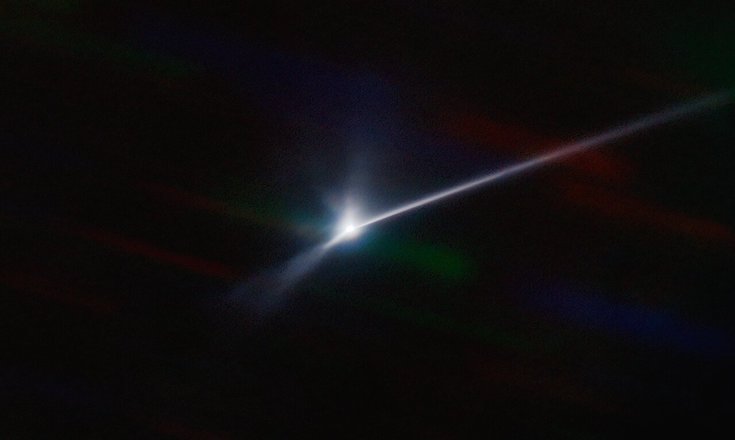66 million years ago, it was a humid spring day. A blinding light and a bang launched Earth into an extreme heat that flipped into a nuclear winter. A loss of 75% of all life on Earth resulted from the air becoming unbreathable and photosynthesis becoming obsolete. Hell was on Earth eons before its concept was ever created.
There have been five great extinctions on our planet. The Cretaceous-Paleogene (also known as K-Pg) extinction has earned a place in our culture and has cemented fear for the possibility of a fiery death. From books to television to even a star-studded Netflix movie, we can’t get enough of deadly meteors. However, an Earth-ending asteroid won’t make an impact for the next 100 years, but only 40% of all such asteroids have been detected so far. A circumstance like the Chelyabinsk Meteor or the Tunguska Event happening over a major city could have devastating outcomes. Media has come up with nuclear weapons and other colorful ideas to defend the planet, but when the real experts were asked, the answers have just been a big shrug. That is, until The Defense Asteroid Redirection Test (DART) came into the picture.
DART was created for the National Aeronautics and Space Administration (NASA) on behalf of the Johns Hopkins University Applied Physics Lab. NASA Administrator, Bill Nelson, says, “As NASA studies the cosmos and our home planet, we also work to protect that home, and this international collaboration turns science fiction into science fact, showing one way to protect Earth.”
Almost a year ago, on Nov. 23, 2021, the DART craft – a one square meter cube with solar arrays on both sides –crashed into the asteroid, Dimorphos, and successfully diverted its course. Scientists chose Dimorphos because it would not have an impact on Earth. Dimorphos is only half a mile in size compared to the gnarly 4-to-6 mile wide comet that the dinosaurs had to deal with, but this is only the beginning. Watch the impact from the DART craft’s point of view here.
Experts call this the greatest step humanity has taken, mightier than the moon landing. Threats to the human race are not far and few. Uncertainties of the future are daunting and are too out of our control to imagine. Despite existential dread and fear, the DART mission demonstrates human ingenuity. We don’t know what’s going to happen with climate change. We don’t know if we’ll ever give up nuclear war. We don’t even know if our kids will grow up in a world with polar bears. But we know that if a giant space rock the size of 16 football fields comes our way, we at least have a plan. Maybe if we can get this right, there’s hope we can solve our other crises, too.
Author

Meet Haylee, a writer with a passion for the unique and the strange. When she's not writing for The Collegian, you can find her binge-watching Real Housewives or getting lost in the world of plane documentaries. When she's not in front of a screen, she's either tide-pooling or sipping on an oat milk latte, both of which provide her with a sense of peace and calm as a chihuahua dog mom. With a unique perspective and an eye for detail, Haylee uses journalism as a way to understand the world and the people that make it special.







Be First to Comment